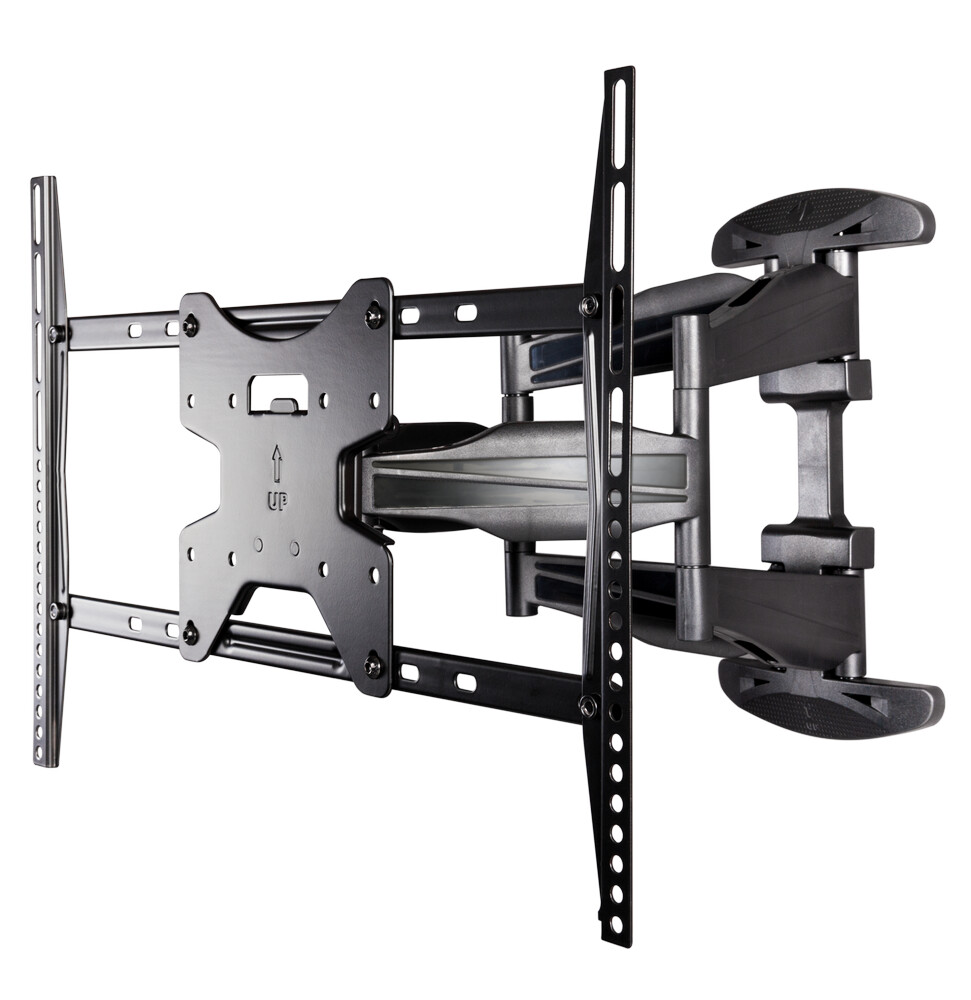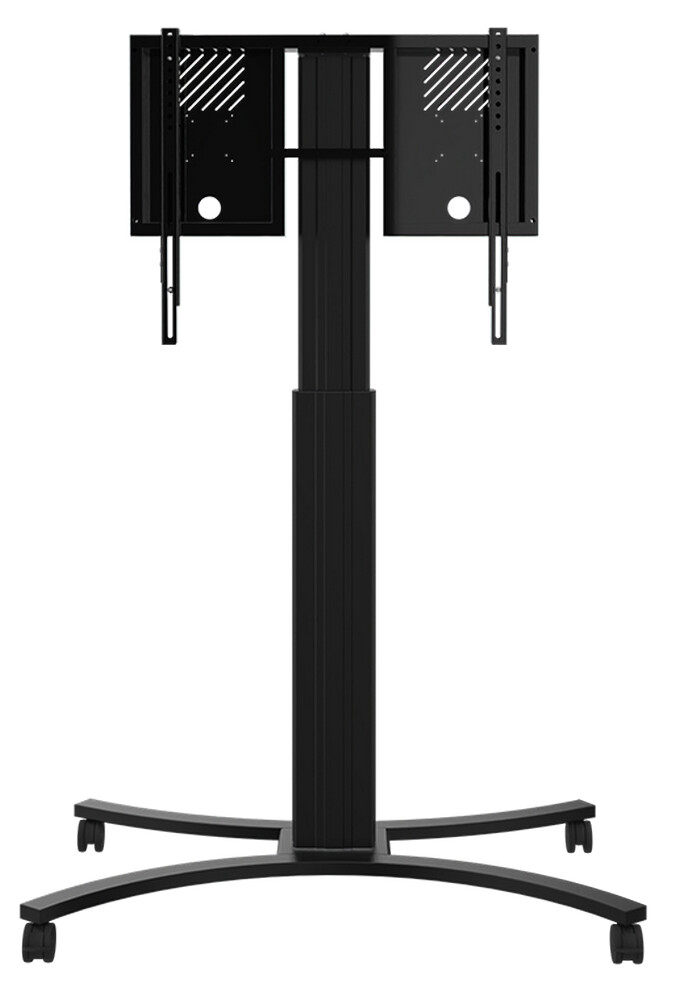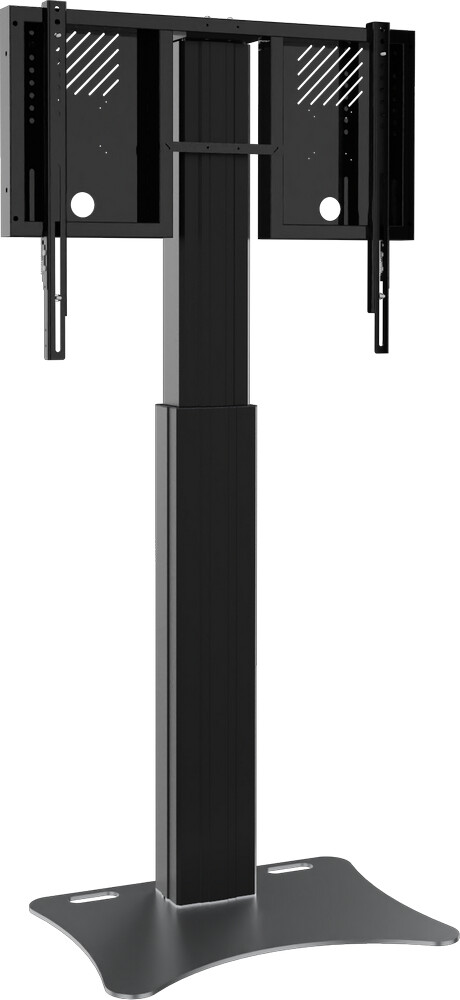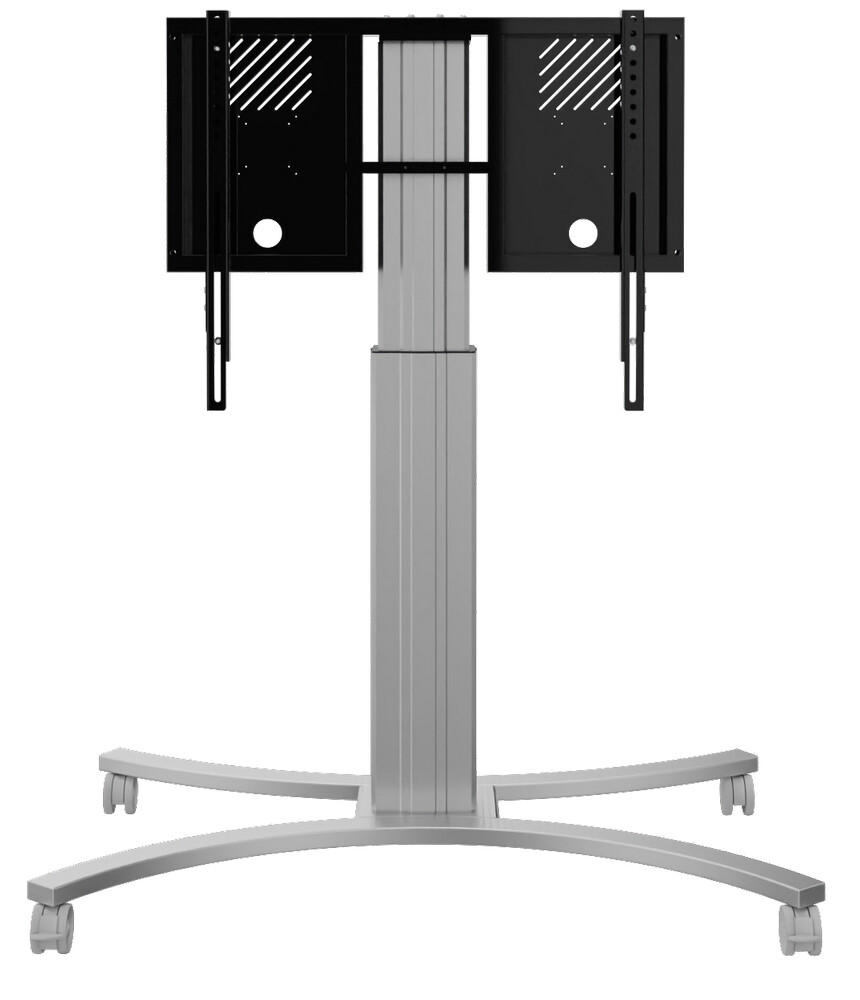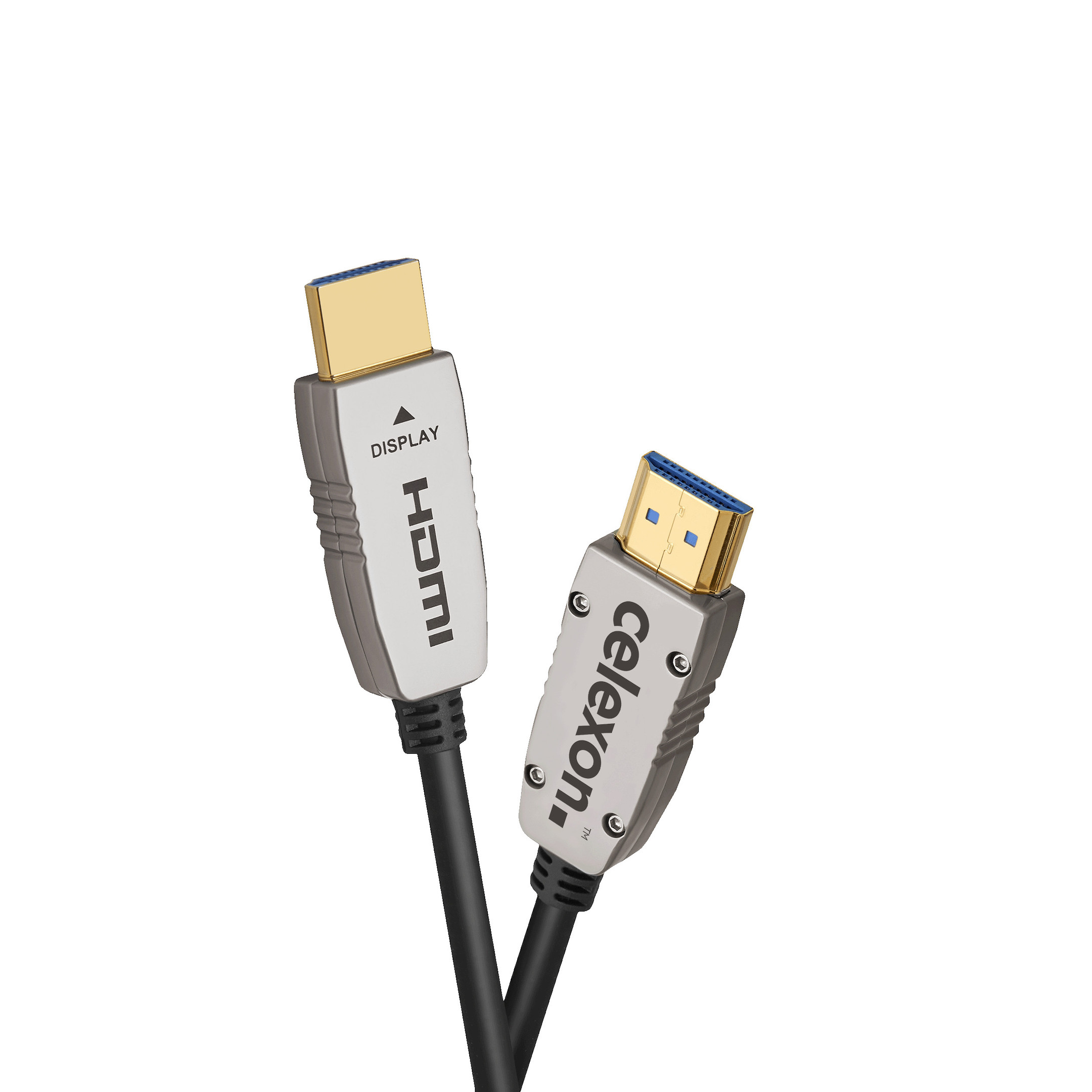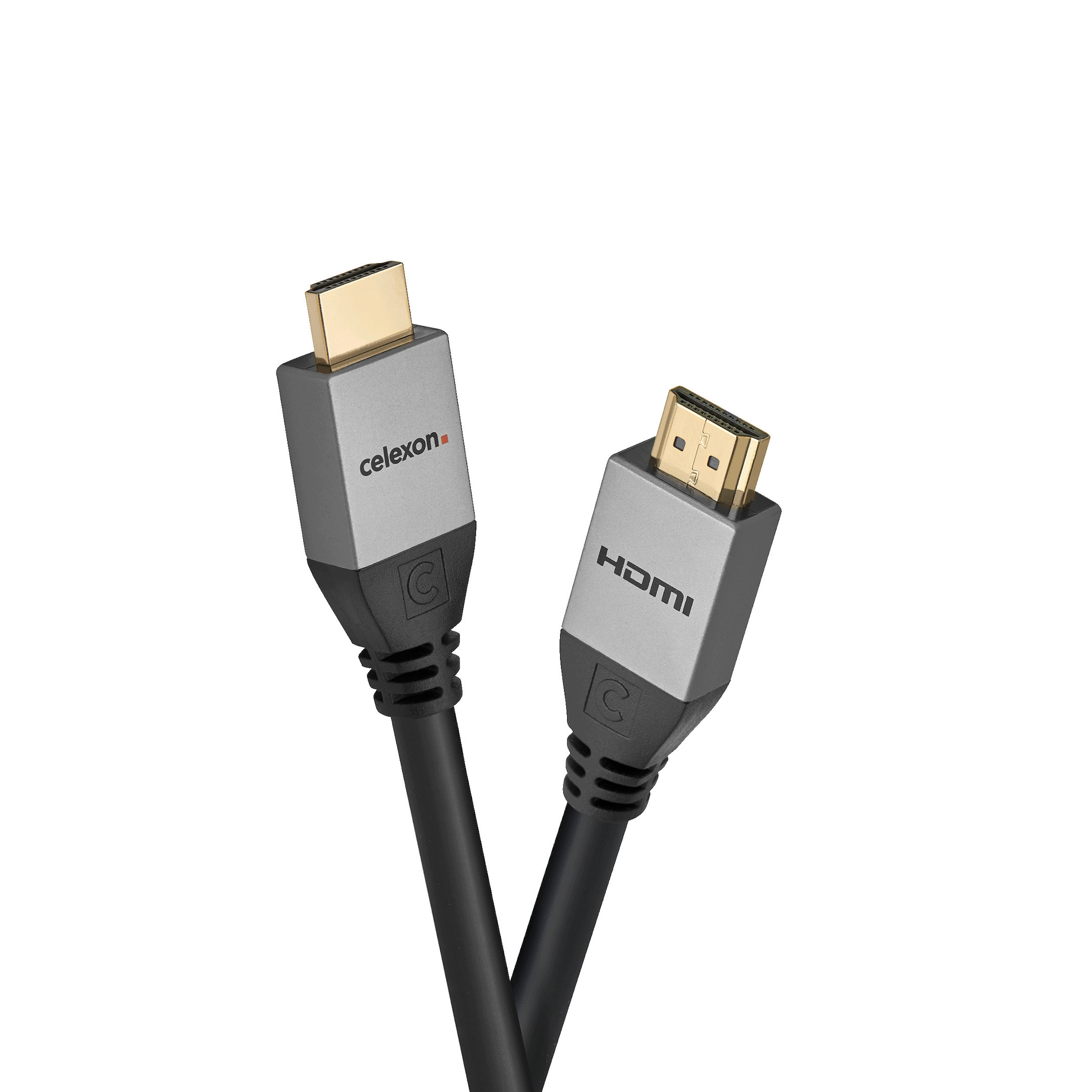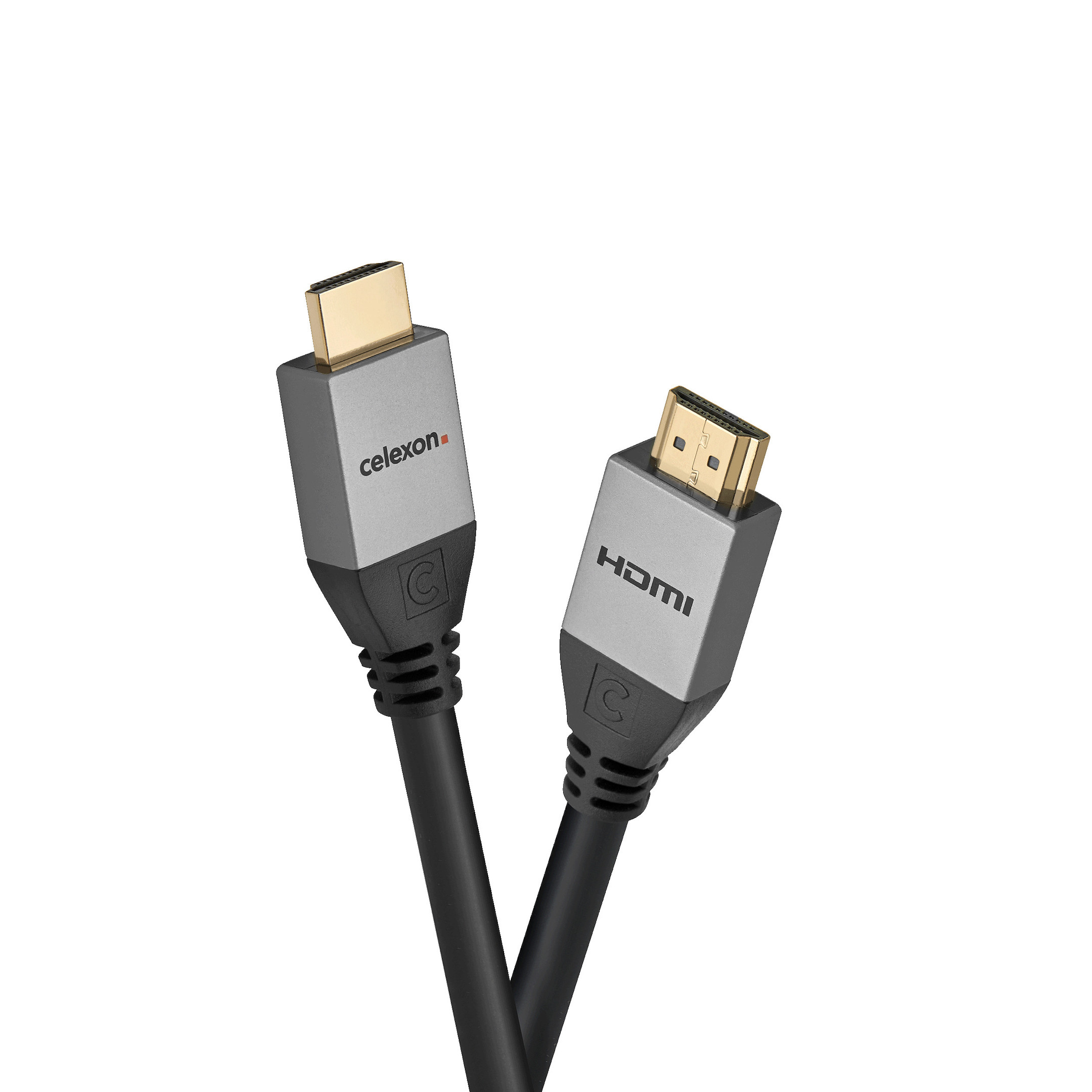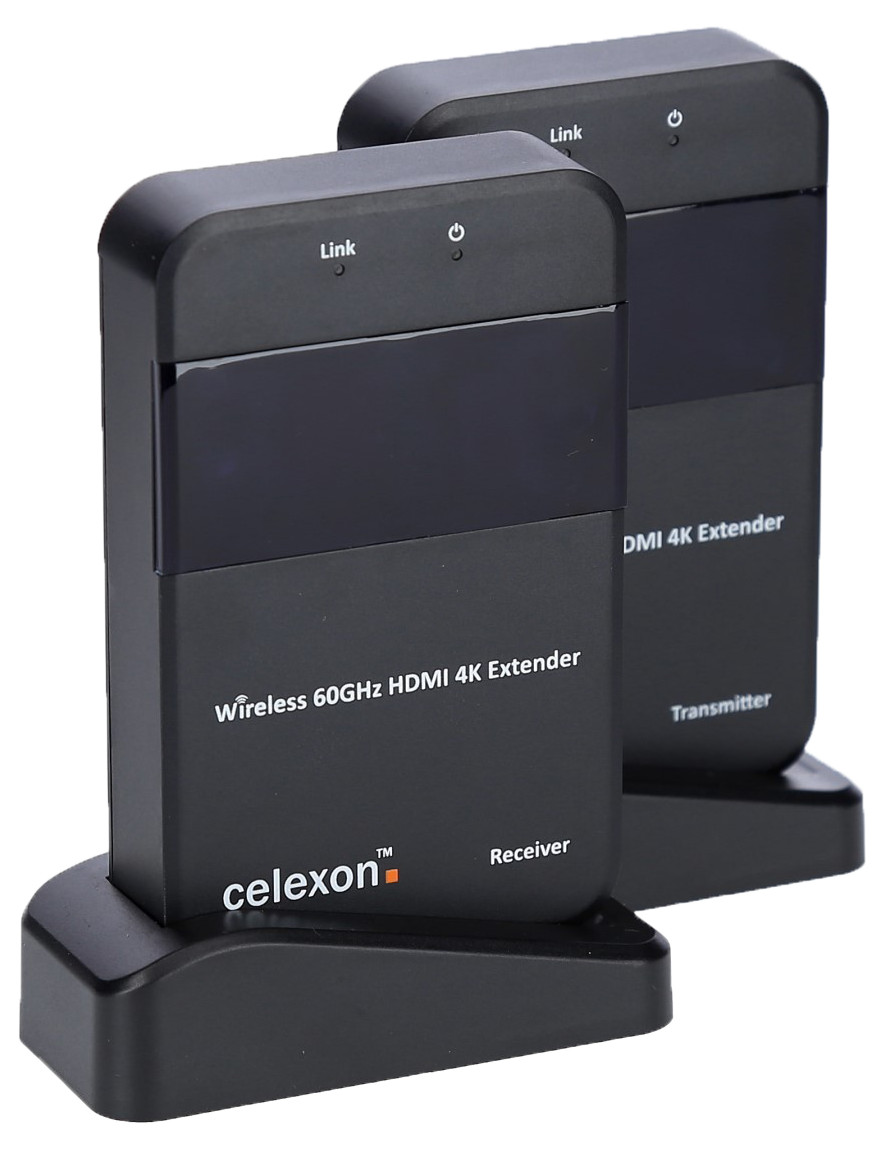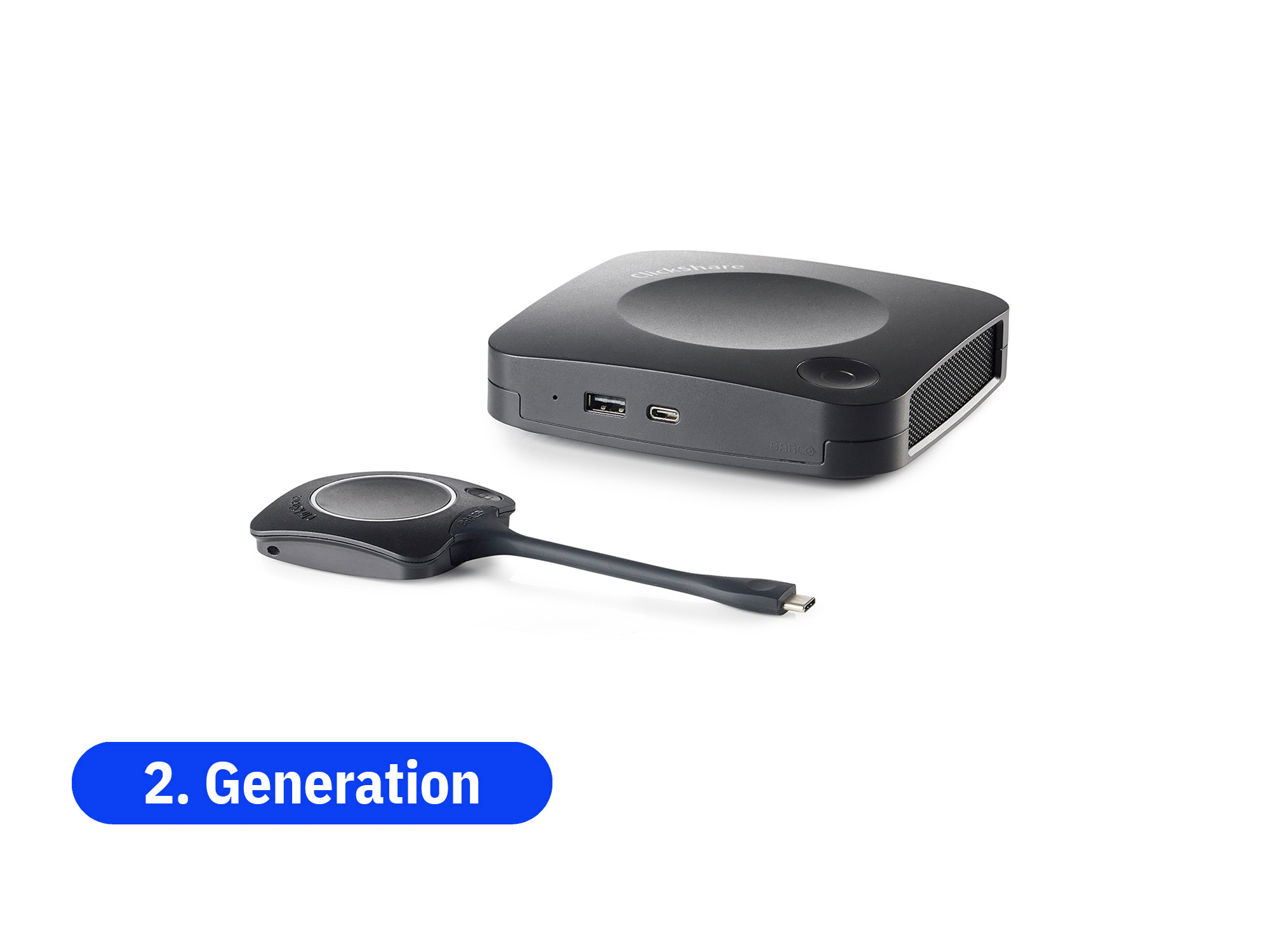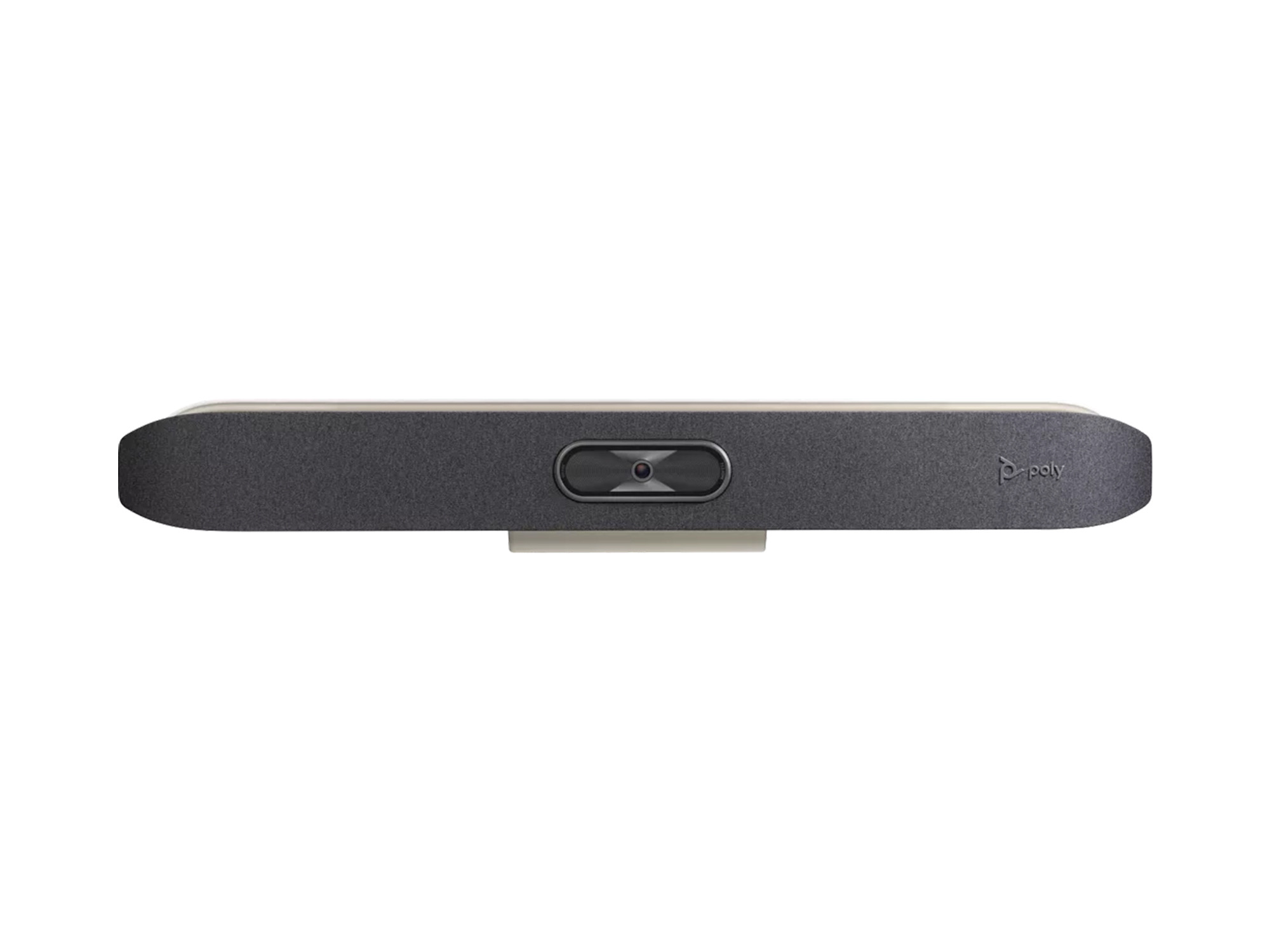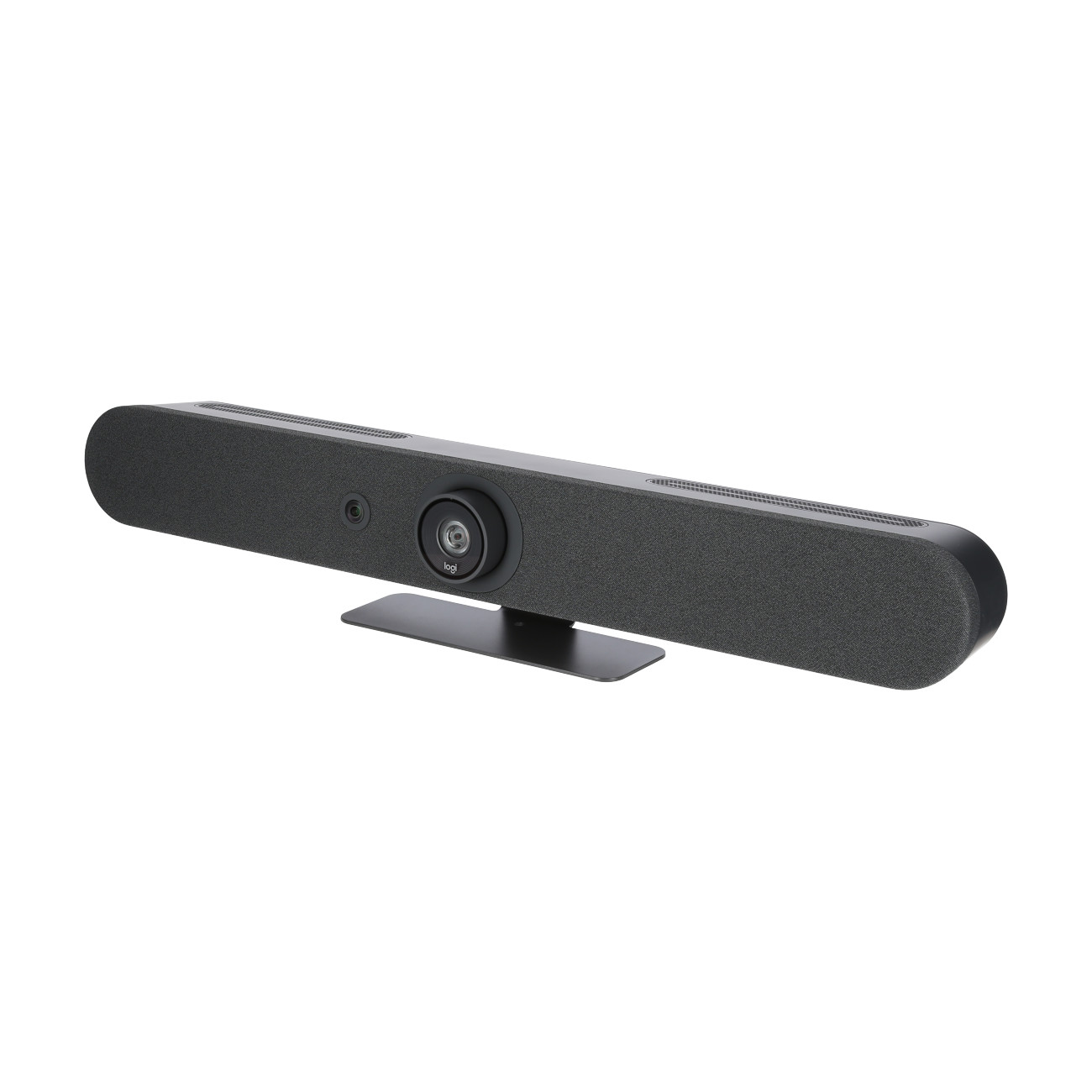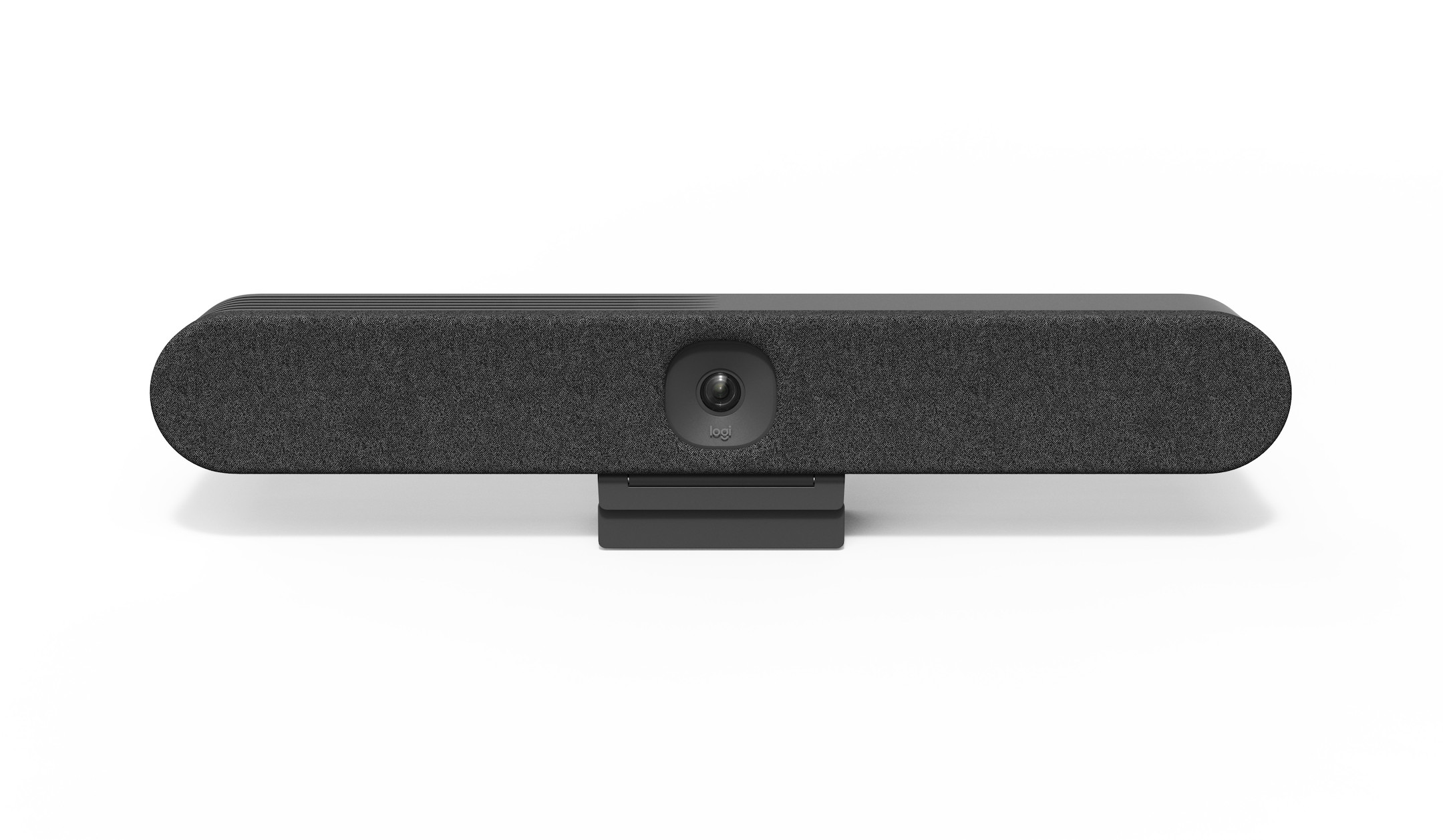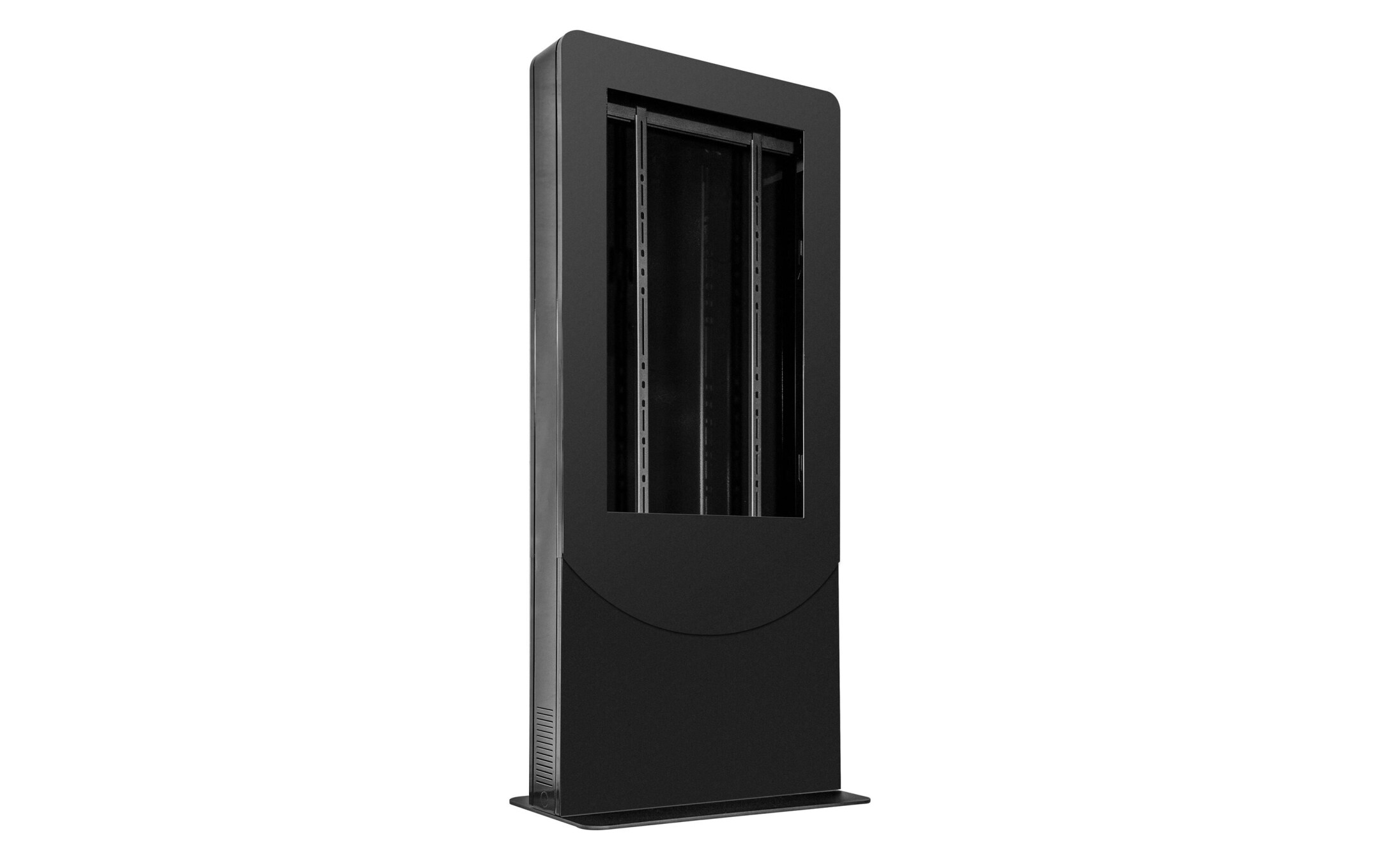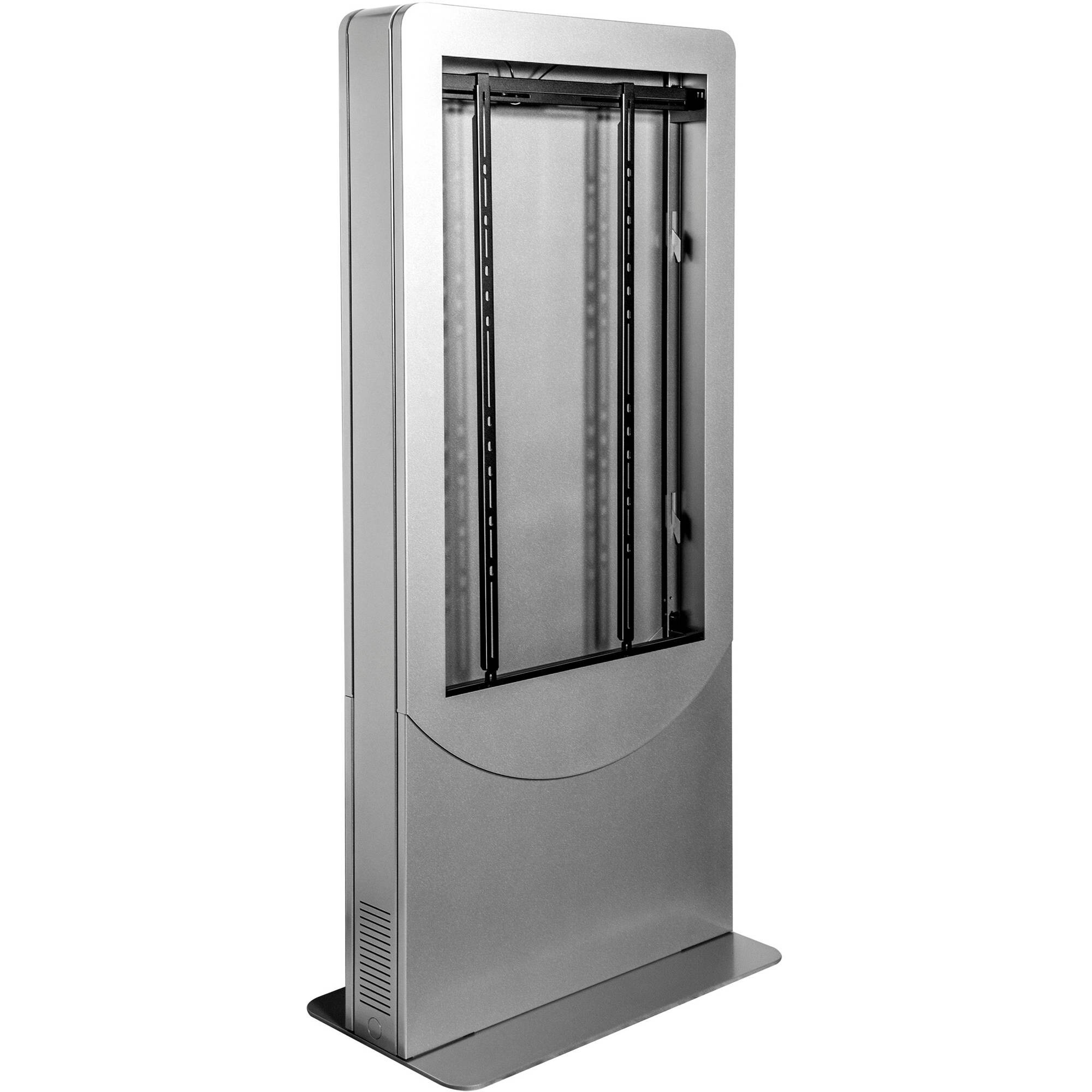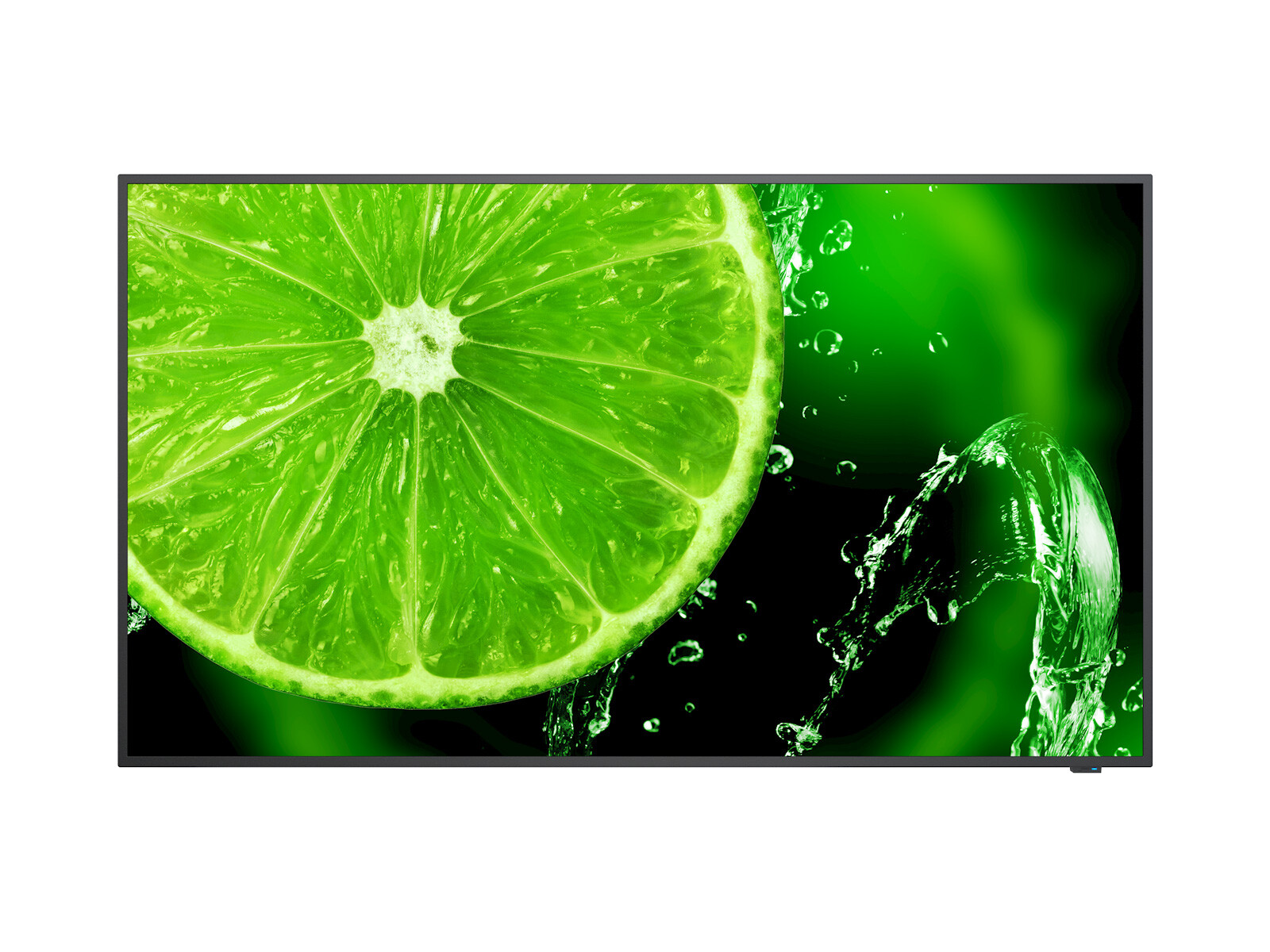



























£423.59*
- Resolution 3840 x 2160 4K UHD
- Max. Brightness 350 cd/m²
- Panel type IPS
- Contrast Ratio 1,200 :1
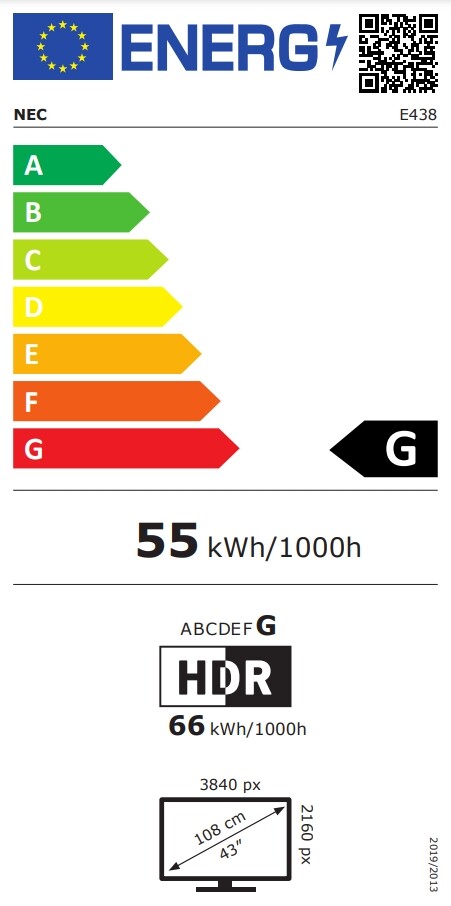


Frequently purchased together
Product information
The features you need at a price that suits your needs
A professional solution for applications with limited budgets, the E Series prevents the misuse of home TVs that are not up to such tasks. The E Series is designed to meet the rigorous demands of commercial use. It gives you the features and reliability you need at a price that suits you.
An integrated media player supports native UHD resolution and wide dynamic range (HDR) for high-contrast, natural-looking content playback with the auto-play feature. No additional cables, external devices or digital signage software programmes are required; the USB media player seamlessly transforms the unit into a simple professional-grade digital signage solution. If additional processing power is needed, external devices can be connected via a USB port (10 W).
To get things started right away in the meeting room, input signals are automatically detected by simply switching between different HDMI sources. Building managers will appreciate the ability to control their digital devices remotely over the network thanks to built-in LAN. With the features of the NEC NaviSet Administrator 2, the E-Series is the perfect choice for corporate meeting rooms and entry-level digital signage solutions.
Reduced installation and running costs - with LED backlighting, the display is highly energy efficient due to low power consumption, the backlight has a longer life span and the lighter design ensures easy and flexible transportation and hassle-free installation and integration.
Sleek design and integrated speakers - the aesthetic design is visually appealing and allows for easy and cost-effective installation.
Easy content playback - the built-in USB media player, which supports a variety of image and video formats, makes it easy to play content without the need for additional equipment.
Future-proof connectivity - with a variety of digital and analogue signal inputs according to common industry standards for flexible integration into the AV infrastructure.
Independent use - the screen is designed for independent use, as it has an integrated USB media player, speakers and a scheduling function.
Technical data
| Name | NEC MultiSync E438 43" Display |
|---|---|
| Article number | 1000017351 |
| GTIN/EAN | 5028695120464 |
| Manufacturer SKU | 60005045 |
| EPREL ID | 429363 |
| Model name | MultiSync E438 |
| Brand | NEC |
| Product Type | Non-Touch Display |
| Product Series | NEC E Series |
| Technology | LED |
| Panel type | IPS |
| backlight | Direct-LED |
| Resolution | 3840 x 2160 4K UHD |
| Diagonal | 43" |
| Aspect Ratio | 16:9 |
| Viewing angle - Horizontal | 178° |
| Viewing angle - Vertical | 178° |
| Contrast Ratio | 1,200 :1 |
| Max. Brightness | 350 cd/m² |
| run-time | 18/7 |
| Response time | 8ms |
| Refresh Rate | 60Hz |
| Support - VESA | 200 x 200 |
| Frame width | 12.5 mm |
| Inputs | 1x 3,5mm Jack , 1x RS232 , 1x VGA , 2x USB-C , 3x HDMI |
| Product width | 97.02 cm |
| Product height | 55.98 cm |
| Product depth | 7.1 cm |
| Weight | 8.9 kg |
| Colour | Black |
| EEK Spectrum | A to G |
| Energy efficency class | G |
| Delivery contents | Batteries , HDMI Cable , Power cable , Quick user guide , Remote control |
| Condition | New |
| Warranty | 36 Month |
| Warranty type | Bringin service Service and support information |
Downloads
Product safety
| Person responsible for the EU |
|---|
| NEC Deutschland GmbH |
| Fritz-Vomfelde-Straße 14-16 |
| 40547 Düsseldorf |
| Germany |
| global@adv.jp.nec.com |




